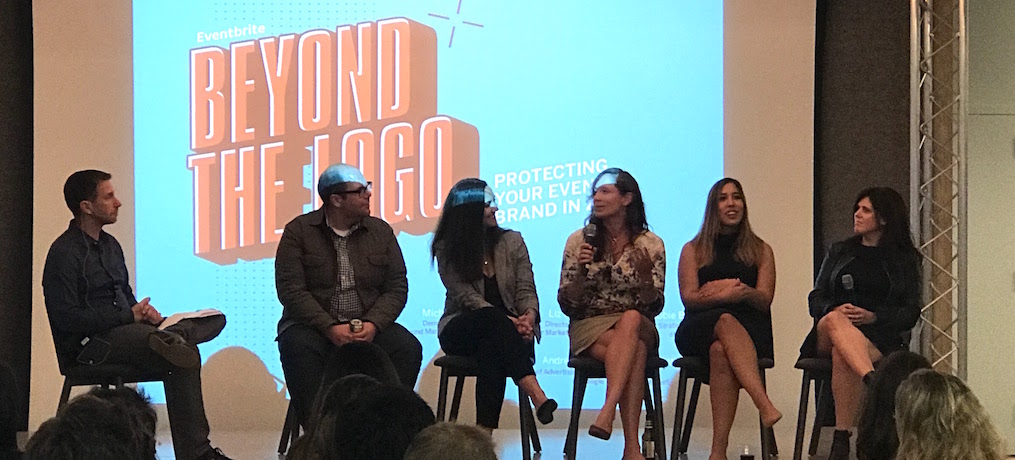When done well, a panel discussion can be a smooth flowing, engaging and natural discussion — a true conversation between the panelists and the audience. When managed poorly however, panel discussions can be stilted and shallow. Like many things in life, moderating a panel is all about the preparation.
As a moderator, your job is to keep the discussion moving and on topic. You should help the audience as well as the panelists feel at ease, listening carefully and improvising where needed. This guide will help you ensure your panel goes off without a hitch.
Learning about the panelists
It’s important to take the time to understand who your panelists are beyond their bio. Each speaker will have their own reasons for agreeing to be involved, so make sure you understand any key messages they want to get across. Finding out why they’re agreed to be on the panel will help to inform questions and give you a guide on how to steer the conversation. Make sure you know how to correctly pronounce their name and company, and how they want to be introduced. Either set up a call with each panelist beforehand, or connect with them through email. If time permits, a group chat on Skype or Google Hangouts is a great way for the whole panel to get to know each other better and to discuss the event as a group.
Ensure panelists are familiar with the background of the event, the audience, the topic of discussion, and who their fellow panelists are.
If you want to film the panel and/or use the content in any way after the event, verify that each panelist is comfortable with this, and ideally ask them to sign a release waiver.
Preparing the outline
Prepare the structure of the panel session thoroughly. Panel discussions often look spontaneous, but good ones rarely are. The average panel should run to around 45 minutes with the outline along the lines of the below:
- Introduce yourself as moderator
- Introduce the topic and why it’s important
- Review any housekeeping items and technology you’ll be using that the audience need to know about (such as event hashtags or handles for live tweeting and/or audience questions)
- Introduce the panelists with a brief bio. Don’t let them introduce themselves, as some people have a tendency to ramble, which derails the whole panel immediately
- Ask your own pre-prepared questions with an overall flow and narrative in mind. Ensure you cover the areas each panelist wants to be asked about, plus any other key topics. Have more questions than you think you’ll need
- Finish with enough time for audience Q&A
Pro tip: Brief panelists to avoid the phrases like ‘it depends’ wherever possible. Attendees are in the room to learn from the experience of others. You want panelists with opinions and answers, which these phrases can negate. If an answer sounds too vague or speculative, ask your panelist to follow-up with a specific example.
Preparing any technology
Decide upfront if you would like panelists to start with a discussion, or whether they should present small ‘flash talks’ before the conversation begins. Flash talks should be limited to 5-7 minutes, providing each panelist an opportunity to present on their topic of expertise. If you are incorporating presentations, ask for slides ahead of time and condense into a single file. This will avoid technical issues on the day and help achieve better consistency and flow.
If you are not incorporating talks, avoid using PowerPoint slides during the panel. They tend to destroy the conversational flow, and use up a huge amount of time. That said, you should have one slide behind the panelists: a hashtag encouraging people to share their key takeaways on social media, along with each panelist’s photo and name.
On the day
If possible, get all the panelists together shortly before the panel, introduce them to each other and get them talking. This will break the ice and help the discussion flow more naturally, as well as help them network with each other. Talk them through the rough structure you’ve mapped out, but encourage them to speak out of turn and build on each other’s answers — this is how a natural conversion is built.
Check the physical setup and space. Are there enough chairs and microphones? Are the panelists happy with the way the mics work? Has there been a sound check with the AV company? Is there water for everyone? Will you have roving mics for the audience, and if so, who is managing these?
Make sure you sit beside the panelists, in the same height and type of chair. Sit at one end of the panel rather than in the middle, since this makes it easier for the panelists to interact with each other. The ideal setup uses sofas or comfortable chairs arranged in a line or shallow curve, with you sitting at one end. To avoid confusion, seat the panelists in the same order they’re listed on your background slide.
During the panel
After introductions, begin with a broad or easy question and make sure you ask each panelist specifically for their answers on this first question. You’ll want to ask individual panelist for answers throughout the conversation, dependent on how vocal they are. Try to ensure though that everyone gets roughly equal airtime.
Don’t feel the need to have every panelist answer every question; this takes too long and can seem forced. One or two panelist answers to each question is fine. Then, unless other panelists are desperate to contribute, move on to the next question. You can also encourage the panelists to react to and build on each other’s answers.
It’s nice to involve the audience early on as it encourages participation and engagement. An easy way to do this is to ask who the audience is after introductions. For example, try asking “Now that you know who we are, I’d love to understand who’s in the audience. Does anyone want to tell us who they are and where they work?” Taking a handful of answers will help you and the panel understand the makeup of the audience, so they can tailor their answers accordingly. Alternatively you can ask for a show of hands such as “Who works in tech?” or “Who’s an entrepreneur?”
Hosting an audience Q&A
Make sure you leave enough time for the Q&A. For a 45-minute panel, around 15 minutes for audience Q&A should suffice. If you leave longer, there’s a risk the questions will dry up; leave less and your attendees could be frustrated that the ‘interactive discussion’ isn’t very interactive.
If you don’t have roving mics for the audience Q&A, make sure you repeat the question that’s being asked so everyone can hear the question.
When it’s time to end your audience Q&A, don’t stop abruptly. Signal the end by asking for a final question.
Lastly, remember to thank your panelists and communicate any follow up information, such as whether the panelists are available to speak afterwards, or where people can get more information.
Pack out your next panel
Sign up with Eventbrite to supercharge your marketing and pack the house for your next panel. Get started here.






